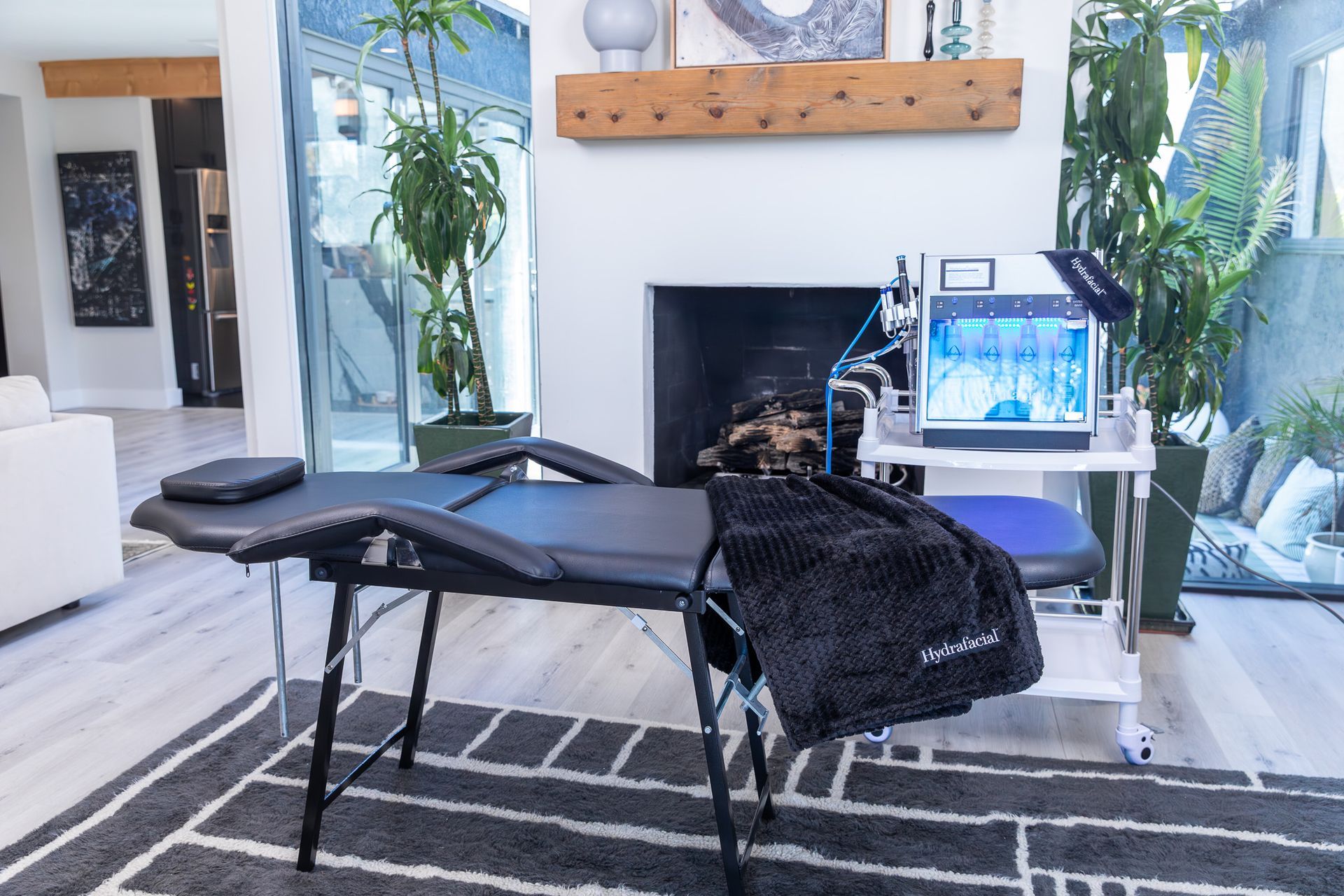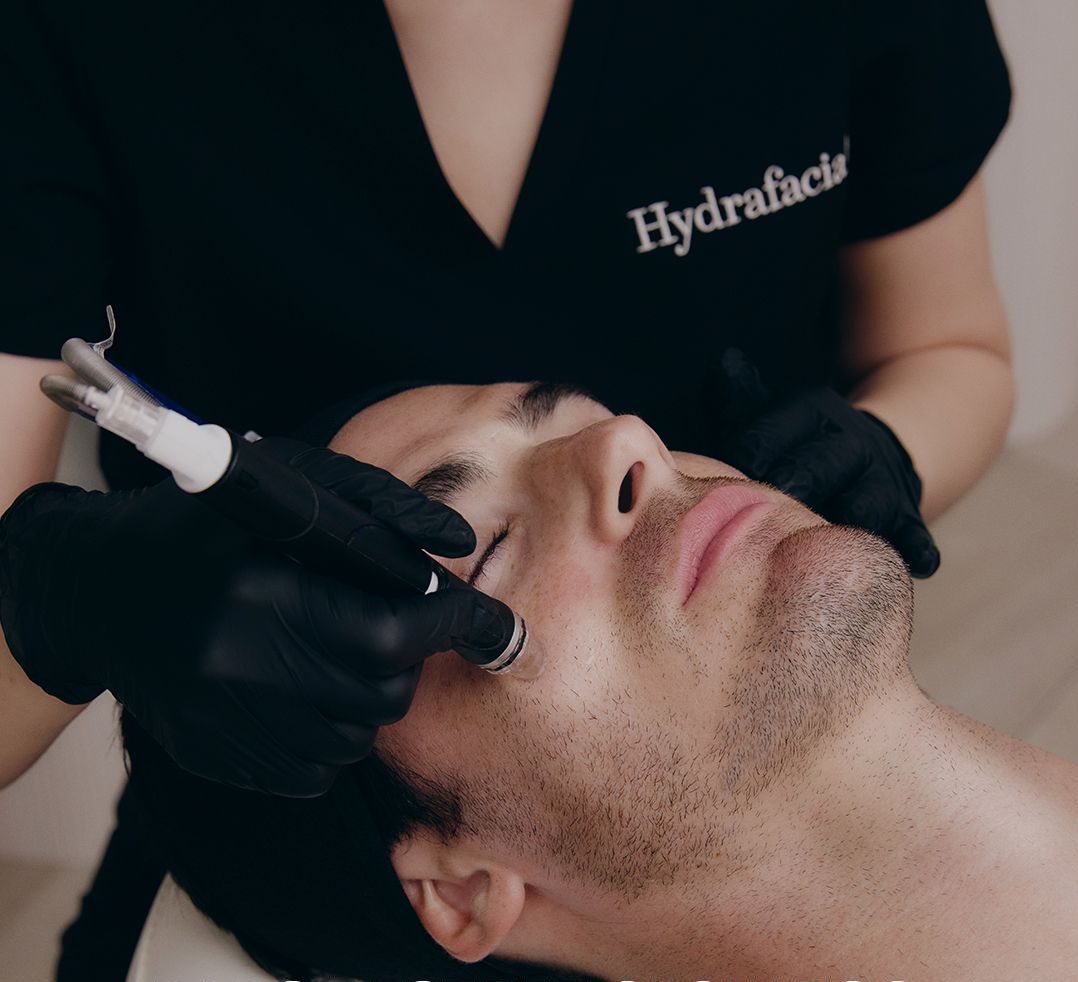Neurotoxins vs. Dermal Fillers: What’s the Difference and Which One Do You Need?
In the world of medical aesthetics, neurotoxins and dermal fillers are two of the most popular non-surgical treatments available. Both can help you achieve a refreshed, youthful appearance—but they work in very different ways. If you're considering facial rejuvenation but aren't sure which treatment is right for you, Glomi Wellness Lab is here to help you make an informed decision.
Let’s break down the key differences between neurotoxins and dermal fillers—and how to determine which option best fits your aesthetic goals.
What Is Neurotoxins?
Neurotoxins are a purified form of botulinum toxin that temporarily relaxes targeted muscles. By interrupting the nerve signals that cause muscles to contract, Neurotoxins smooths out dynamic wrinkles—lines formed by facial expressions like frowning, squinting, or smiling.
Common areas treated with neurotoxins:
- Forehead lines
- Frown lines (the "11s" between the eyebrows)
- Crow’s feet (around the eyes)
- Bunny lines (on the nose)
- Lip lines and chin dimpling
Neurotoxins are ideal for:
Reducing the appearance of wrinkles caused by repeated muscle movement and preventing the deepening of expression lines over time.
What Are Dermal Fillers?
Dermal fillers are injectable gels made from substances like hyaluronic acid, calcium hydroxylapatite, or poly-L-lactic acid. Rather than affecting muscle movement, fillers add volume beneath the skin to smooth wrinkles, enhance facial contours, and restore a youthful fullness.
Common areas treated with dermal fillers:
- Cheeks (for volume loss)
- Nasolabial folds (smile lines)
- Lips (for plumping and definition)
- Under-eye hollows (tear troughs)
- Jawline and chin (for contouring)
Dermal fillers are ideal for:
Replacing lost volume, sculpting facial features, and softening deeper folds and static wrinkles (wrinkles visible even when the face is at rest).
Neurotoxins vs. Dermal Fillers: Quick Comparison
| Feature | Neurotoxins | Dermal Filler |
|---|---|---|
| Primary Function | Reduces muscle activity to smooth expression lines | Adds volume to smooth wrinkles and enhance facial structure |
| Best For | Dynamic wrinkles (caused by movement) | Static wrinkles, volume loss, facial sculpting |
| Results Appear | 3–7 days after treatment | Immediately after treatment |
| Longevity | 3–4 months on average | 6–18 months, depending on filler type and location |
| Treatment Time | 15–30 minutes | 30–45 minutes |
Which One Do You Need?
- For fine lines caused by movement (forehead lines, crow’s feet): Neurotoxins are likely the better option.
- For deeper folds or lost volume (smile lines, hollow cheeks, thin lips): Dermal fillers are typically the right choice.
- For a comprehensive rejuvenation: Many clients benefit from a combination of both neurotoxins and dermal fillers for optimal results.
At Glomi Wellness Lab, we offer personalized consultations to assess your goals and create a treatment plan tailored to your needs—right in the comfort of your own home.
Ready to Refresh Your Look?
Whether you're looking to smooth expression lines, restore youthful contours, or simply maintain your natural beauty, Glomi Wellness Lab brings expert medical aesthetics directly to you.
Book your personalized consultation today and discover the transformative possibilities of neurotoxins, dermal fillers, or both!







